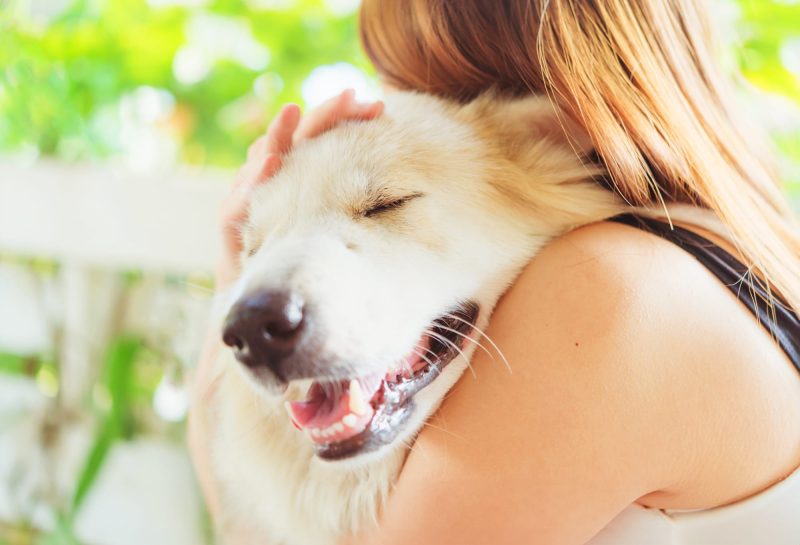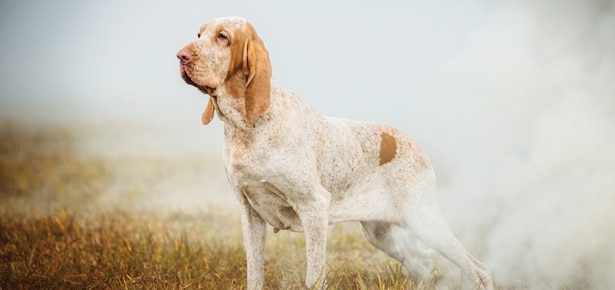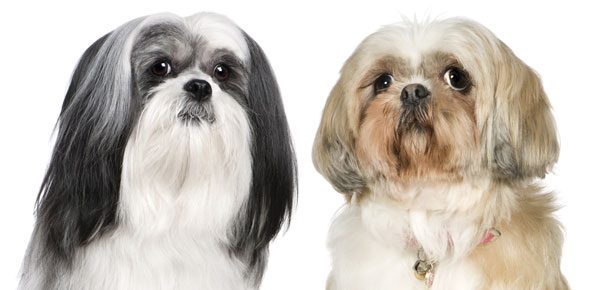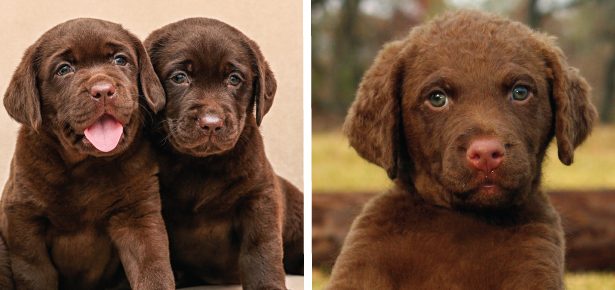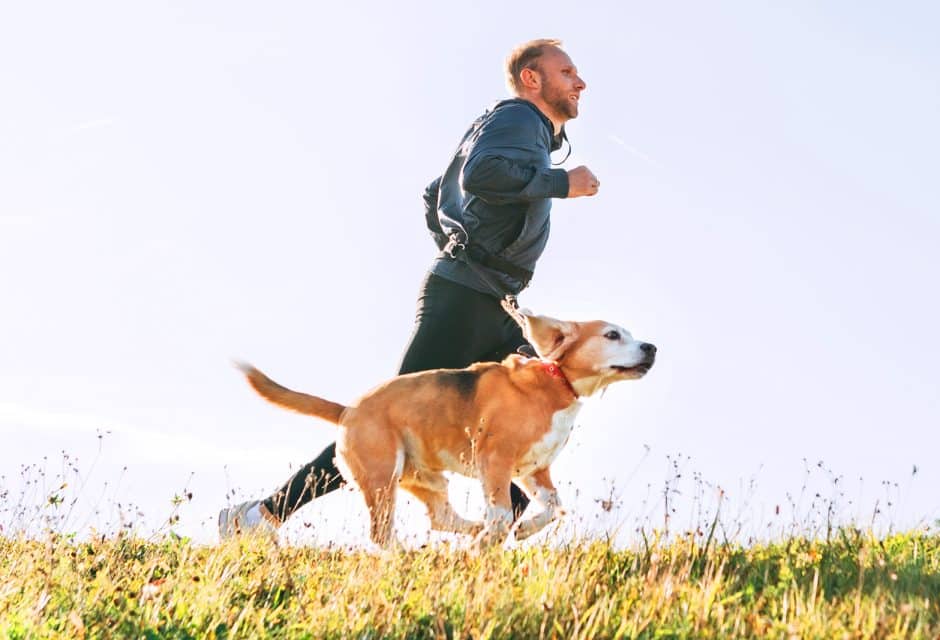
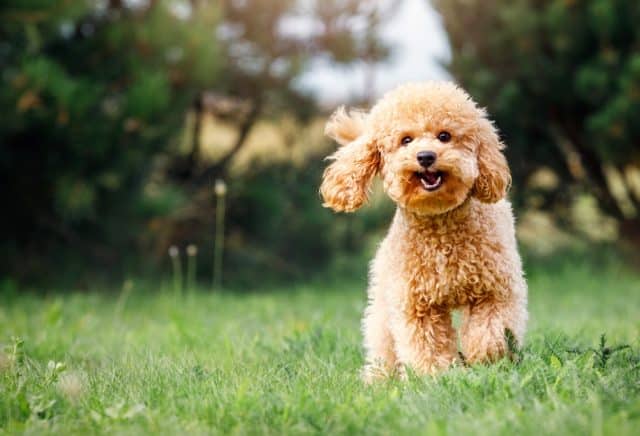
The Poodle
One size of dog need not fit all
Will that be a tall, grande, or venti?
A hike in the woods or window shopping downtown?
Are you a barefoot, sandals, or loafers kind of person? Ah, choices, choices. Where would we be without them? Some choices are dictated by our lifestyles and some are just a matter of delicious preference, but what we choose and why makes the world go round.
In the world of Poodles, there are more options than you can shake a leash at. The three official size varieties recognized by the American Kennel Club (AKC)—Standard (over 15 inches at the shoulder), Miniature (10 to 15 inches), and Toy (under 10 inches)—are augmented by unofficial models such as Teacups (under 4 pounds in weight), Caniches (small Standards), and Royal Standards (supersize).
If colour is your thing, the Poodle also aims to please with a palette of coat colours that includes white, cream, café au lait, chocolate brown, apricot, red, silver, blue, black, and particoloured (while parti-coloured Poodles may not be shown under AKC rules, these dogs with patchwork coats are still popular with some owners).
On top of all this, you’re allowed a multitude of choices as to your Poodle’s hairstyle: corded or curly, continental or English saddle, Dutch clip, puppy clip, sporting clip, kennel clip….
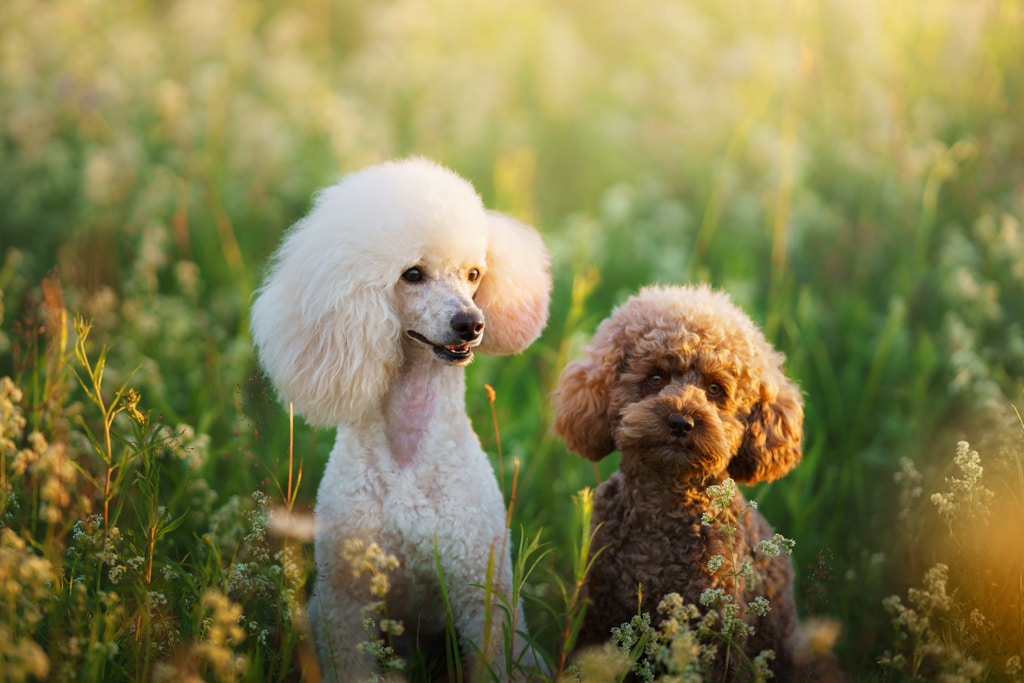
Anna-av/Bigstock
Regardless of what “package” you choose, however, you will always get the unique Poodle heart, soul, and character that make enthusiasts claim the breed is “the best of the best.” Although debate is lively about the unique temperament attributed to each size, it is probably fair to say that Poodles of all sizes share more in personality traits than they differ from each other. Those tiny Toys think they can do anything the “big guys” can do—and do it better—while a lot of “dignified” Standards would secretly love to be tucked under your arm and accompany you everywhere, if only designer dog carriers came in X-X-L size. And just like its bigger and smaller cousins, the versatile Miniature easily makes the transition from snuggly couch dog to energetic outdoor companion with a yawn, a stretch, and a tail wag.
All Poodles are lively, fun-loving, affectionate, and intelligent and many owners say the breed has a sense of humour to rival Seinfeld’s. S. Meyer Clark, author of Poodle (Kennel Club Books, 2004), writes, “In addition to loving life in general, Poodles love people.”
And people love Poodles. For 22 years, from 1960 to 1982, the Poodle was the most popular dog in the U.S., holding the number-one spot longer than any other breed. In 2006, almost 30,000 Poodles were registered, making it the eighth most popular breed across the U.S. This number doesn’t even take into account the thousands of non-registered Poodles in the country.
Most Popular Dogs in the US
According to the most recent AKC registration statistics (2022)
[1] French Bulldog
[2] Labrador Retriever
[3] Golden Retriever
[4] German Shepherd
[5] Poodle
[6] Bulldog
[7] Rottweiler
[8] Beagle
[9] Dachshund
[10] German Shorthaired Pointer
In fact, people love Poodles so much that the breed is commonly crossed with other dogs to produce “designer dogs” such as Maltipoos, Schnoodles, and Labradoodles. The buyers of these crossbreeds often pay as much or more than the going price for a registered purebred in the hopes of getting some unique mix that will feature coveted Poodle characteristics such as the famous “nonallergenic,” nonshedding coat. (In fact, there is no such thing as a “nonallergenic” dog—any dog, even a hairless one, can trigger allergies in some people.)
A glance at the history books will show that curly-coated dogs of all sizes have been pleasing people for a long, long time. Poodle pundits argue endlessly about where and when the breed first emerged, some saying Germany, others insisting on France or Russia; some saying the breed reaches back into the mists of ancient times and still others pointing to the Middle Ages as the starting point.
We do know that the breed was well established by the seventeenth century, because a famous white Poodle by the name of Boye is documented in writings and paintings of the period. Boye was the constant companion of Prince Rupert, one of the royalist commanders in the English Civil War. Because he bravely went into battle by the prince’s side and was a very visible and enthusiastic “soldier,” he became a kind of mascot for the Cavaliers. For the same reasons, he was hated by the opposing side, who called him a “devil dog” and set a price on his head. In the end, poor Boye was killed in battle, causing his master great grief.

Nosnibor137/Bigstock
The French have staked their claim to creating the Poodle and made it the national dog of France. On the other hand, it seems clear that the name Poodle arose from the German word pudeln, meaning “to splash,” something at which the early Poodles excelled when going about their business of retrieving waterfowl from water.
The custom of clipping Poodles originally arose from their function as a retriever; working dogs were kept closely trimmed on some areas of the body to reduce the weight of a waterlogged coat after all that pudeln. Longer hair was left on joints and around the chest to help those vital parts stay warm. Hence the “lion” clip and pom-poms that most people associate with the well-groomed Poodle.
Despite its reputation as a “frou-frou” dog, the Poodle actually features a squarely built, athletic, and efficient physical design; again, part of its heritage as a working retriever. Still, when buying a Poodle, as with any breed, you should be aware of health problems associated with that breed, most notably, in the case of the Poodle, sebaceous adenitis—a skin disease—and hip dysplasia (in Standards) and progressive retinal atrophy (PRA; generally found in Minis and Toys). Conscientious breeders are working to reduce the incidence of all genetic health problems; your best defence is to make sure you buy a Poodle only from such a breeder.
Whatever your decision is about the type of Poodle you want to own, there’s one choice you won’t have to make: all models come with immeasurable love and joy to share—no option on that.
» Read Your Breed For more breed profiles, go to moderndogmagazine.com/breeds
Join the newsletter and never miss out on dog content again!
"*" indicates required fields
By clicking the arrow, you agree to our web Terms of Use and Privacy & Cookie Policy. Easy unsubscribe links are provided in every email.

